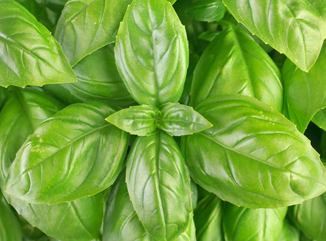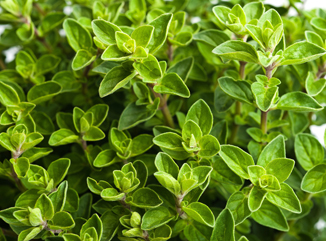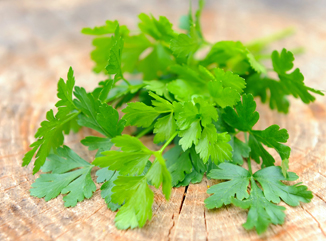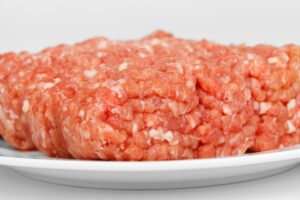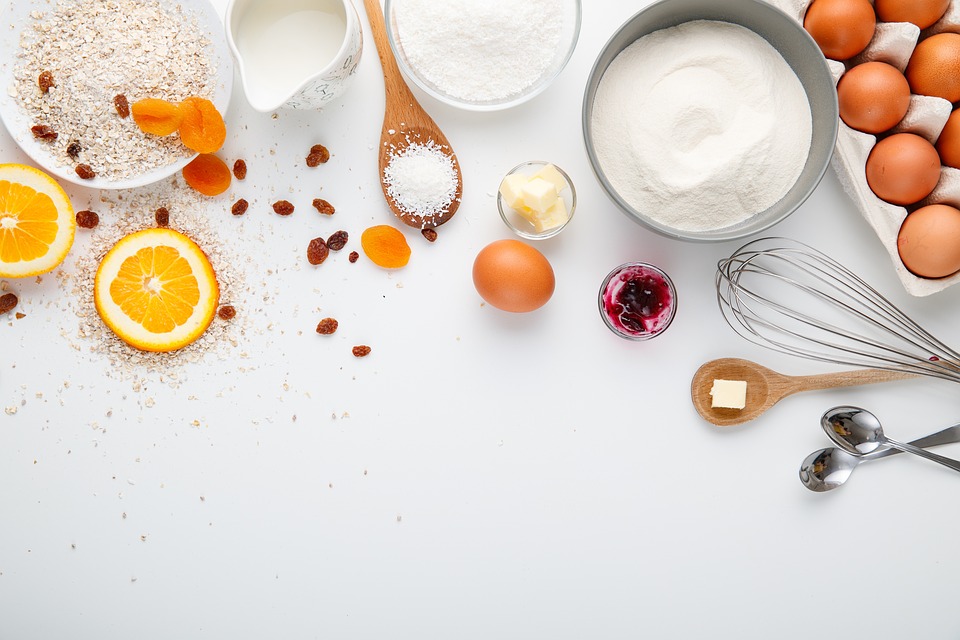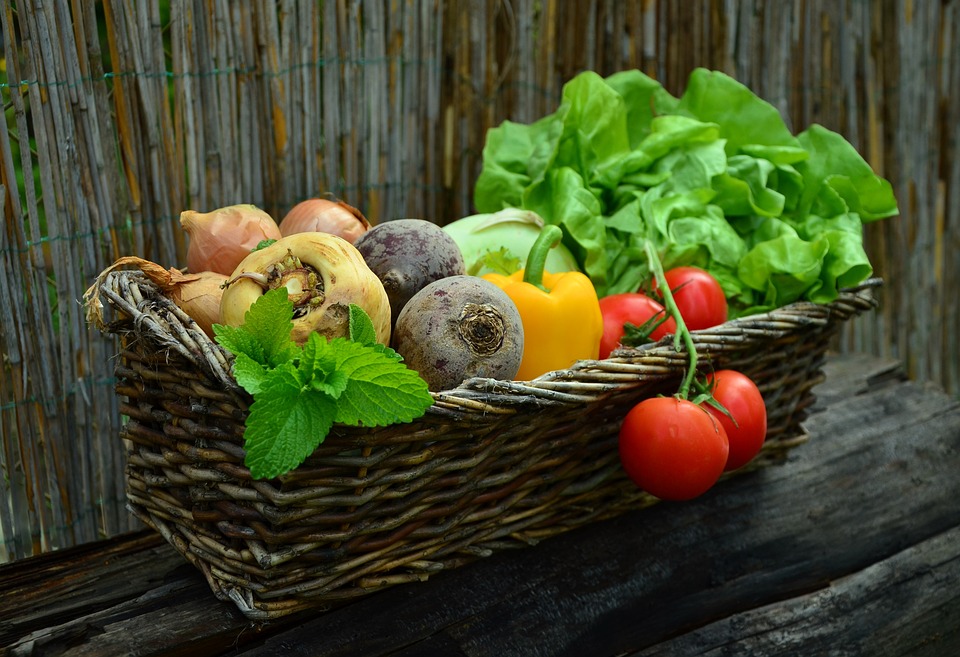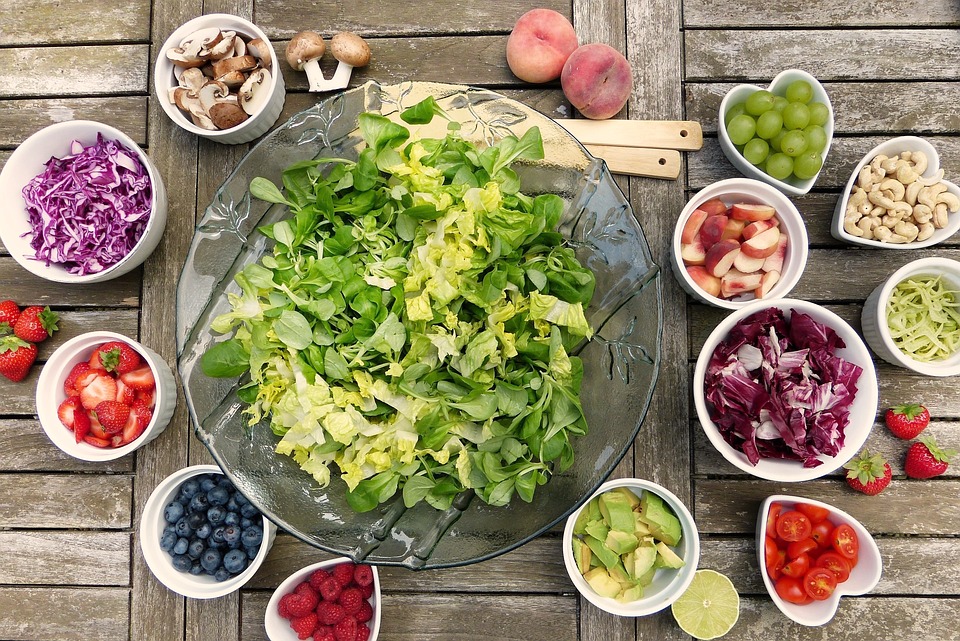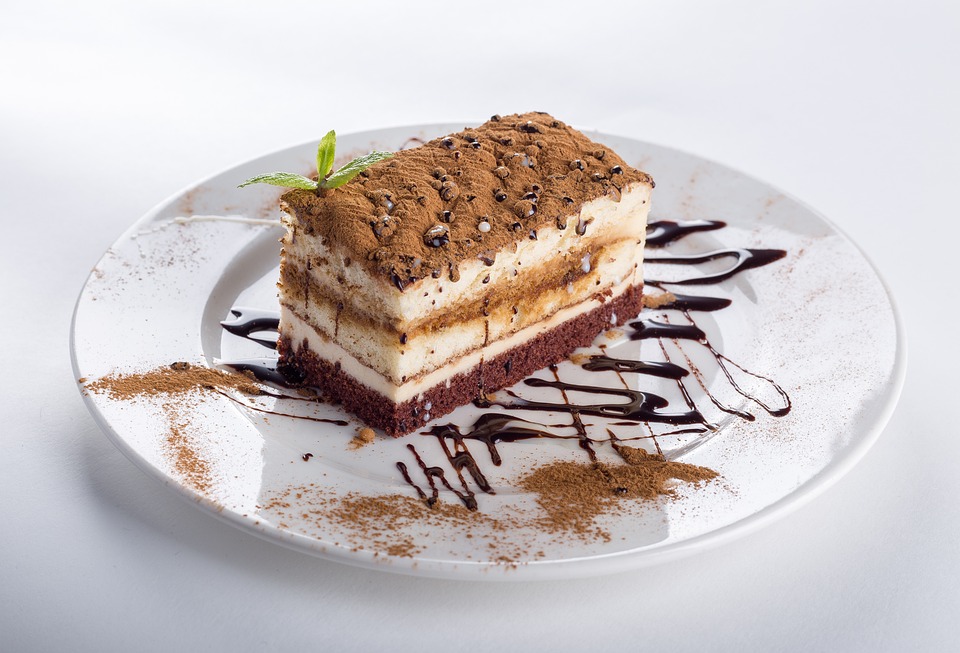1. Preparing for Sowing
- Seed Selection: Choose high-quality basil seeds. There are many varieties like Genovese basil, Thai basil, or lemon basil, each with its own flavor.
- Sowing Time: Basil is sensitive to frost. The best time for sowing is from April if you plan to transplant outdoors later. Alternatively, you can sow basil indoors on a windowsill all year round.
2. Sowing
- Choosing a Container: Use pots or seed trays with good drainage to prevent water from accumulating.
- Preparing the Soil: Basil prefers nutrient-rich, well-draining soil. A special herb or seed-starting mix is ideal. If using regular potting soil, mix in some sand to improve drainage.
- Sowing: Scatter the basil seeds thinly on the moist soil. Basil is a light germinator, so the seeds should only be pressed lightly into the soil and not covered.
- Watering: After sowing, gently mist the soil with a spray bottle or use a fine stream of water to avoid displacing the seeds.
3. Germination
- Location: Place the containers in a warm, bright location. A temperature of 20-25°C (68-77°F) is ideal for germination.
- Moisture: Keep the soil consistently moist, but avoid waterlogging. Basil seeds typically germinate within 7-14 days.
- Humidity: Cover the pots or trays with a clear lid (e.g., plastic wrap or a plastic dome) to maintain humidity. Ventilate regularly to prevent mold growth.
4. Pricking Out and Transplanting
- Pricking Out: Once the young basil seedlings have 2-3 leaves, you can prick them out (thin them) and transplant them into larger pots with fresh soil to give them more space to grow.
- Hardening Off: If you plan to plant them outdoors, harden the plants off first. This means gradually exposing them to outdoor conditions by placing them outside for a few hours each day, increasing the time daily.
- Transplanting Outdoors: After the last frost in May, you can plant basil outdoors. Choose a sunny, sheltered spot. The soil should be loose and rich in humus.
5. Care
- Watering: Basil needs regular watering but avoid waterlogging. Always water at the base of the plant and try not to wet the leaves to prevent fungal diseases.
- Fertilizing: Basil is a heavy feeder and benefits from regular fertilizing. Use an organic liquid fertilizer every 2-3 weeks.
- Harvesting: Regularly pinch off the top leaves to encourage bushy growth. Also, remove the flowers to maintain the flavor of the leaves.
- Pests and Diseases: Basil is prone to powdery mildew, especially in high humidity. Ensure good air circulation and avoid wet leaves overnight.
6. Harvest and Storage Tips
- Best Time to Harvest: It’s best to harvest basil in the morning when the leaves are most aromatic.
- Storing: Basil is best used fresh. You can freeze it or make pesto, but drying basil causes it to lose much of its flavor.
7. Tips for Growing Basil Indoors
- Location: Place the pot in a very sunny spot, preferably on a south-facing windowsill.
- Lighting: In winter, natural light may not be sufficient. You can use special plant lights to help your basil grow strong and healthy.
By following these steps and providing the right care, you’ll be able to grow healthy and flavorful basil plants!

